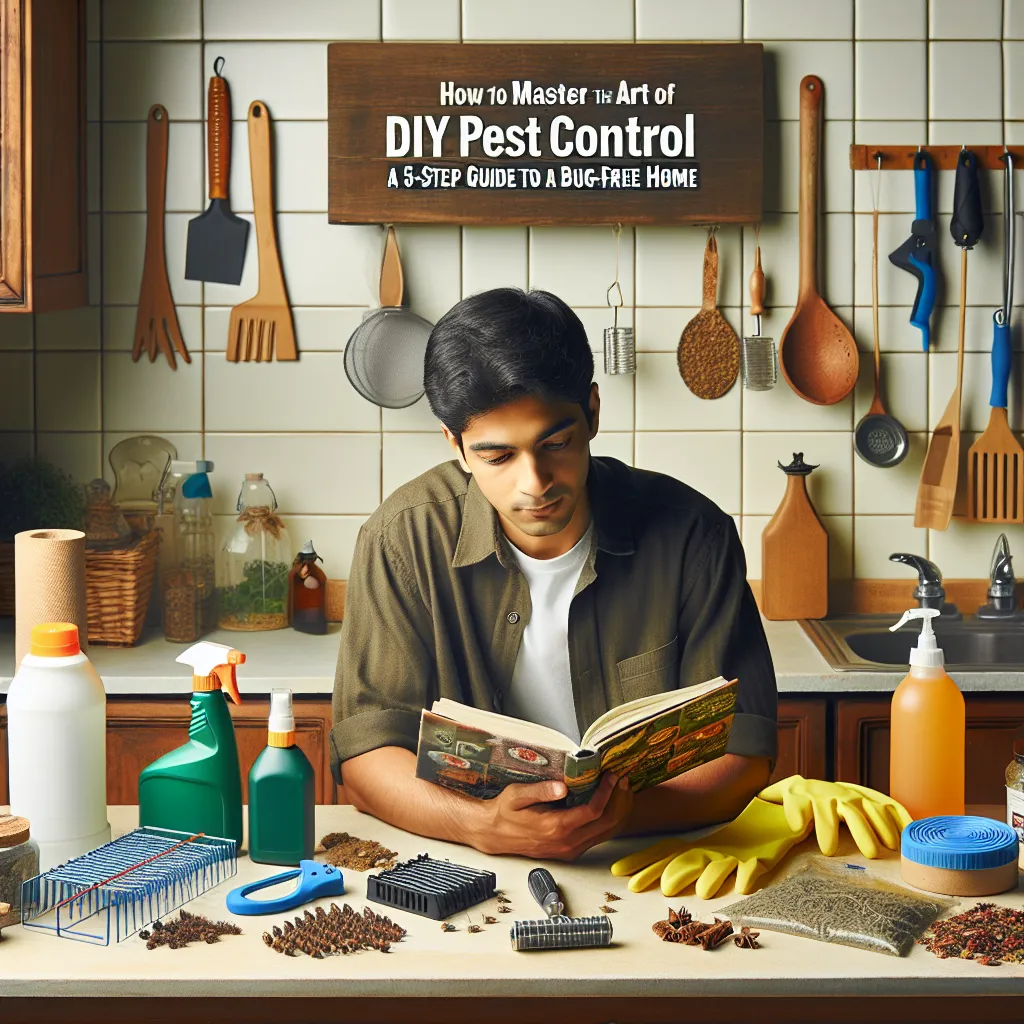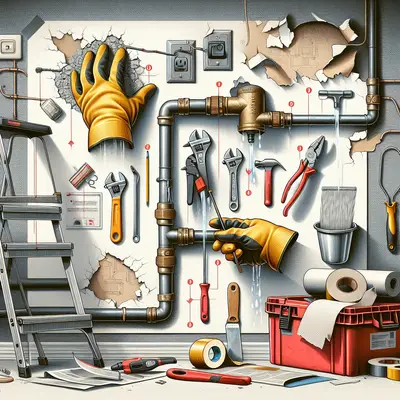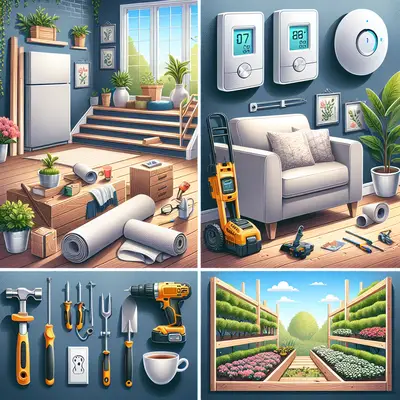Prepare Your Tools
Before you can start your DIY pest control mission, you need to gather a few essential tools. These include a portable flashlight for spotting pests in dark corners, a pair of sturdy gloves for your safety, and a set of pest control products. These products could range from insecticide sprays to traps, and the choice depends on the type of pest you're dealing with. Remember, always wear protective gear when using these products to avoid any potential harm.
Identify the Pests
The next step is to identify the type of pests you're dealing with. Each pest requires a different approach, so it's crucial to know what you're up against. Look for signs like droppings, nests, or damage to your home's structure. If you're unsure, you can take a sample or a picture and look it up online or consult a professional.
Understand the Pest Life Cycle
To effectively control pests, it's vital to understand their life cycle. Different pests breed and grow at different rates, and knowing this can help you choose the best time to strike. For instance, it's best to target cockroaches during their breeding season when they're most vulnerable. Similarly, understanding the life cycle can also help you prevent future infestations.
Implement Pest Control Measures
Now that you have your tools and knowledge, it's time to implement your pest control measures. Depending on the type of pest, this could involve setting up traps, spraying insecticides, or using natural remedies. Always follow the instructions on the pest control products and take necessary precautions to protect yourself and your family.
Prevent Future Infestations
Finally, the last step in mastering DIY pest control is prevention. Keep your home clean, seal any cracks or holes where pests can enter, and regularly check for signs of an infestation. By maintaining these habits, you can keep your home pest-free and save a lot of time and money in the long run.
Conclusion
Mastering the art of DIY pest control might seem daunting at first, but with the right tools and knowledge, you can keep your home pest-free. Remember, the key to successful pest control is prevention, so keep your home clean and regularly check for signs of pests. If you encounter a large infestation or dangerous pests, don't hesitate to call a professional. Your safety should always come first.



